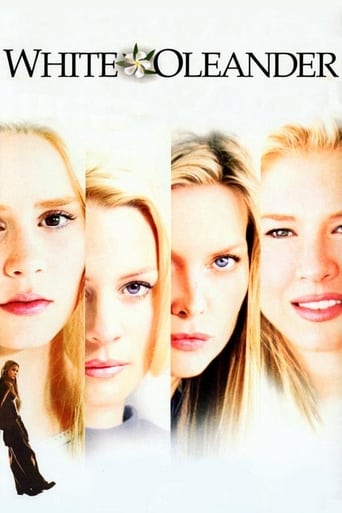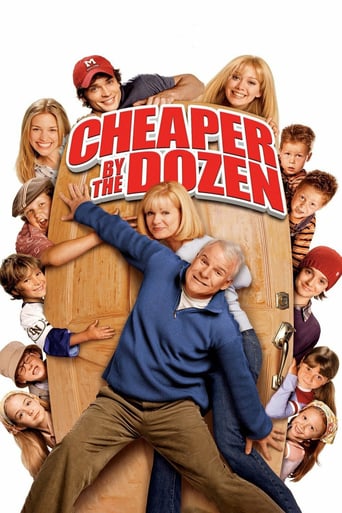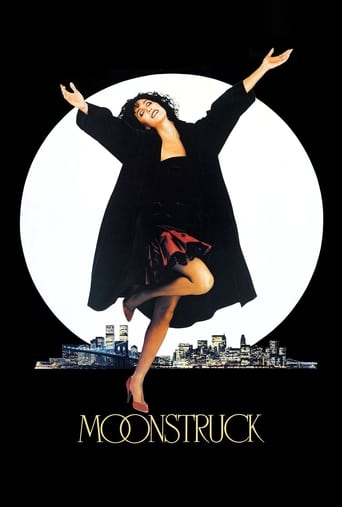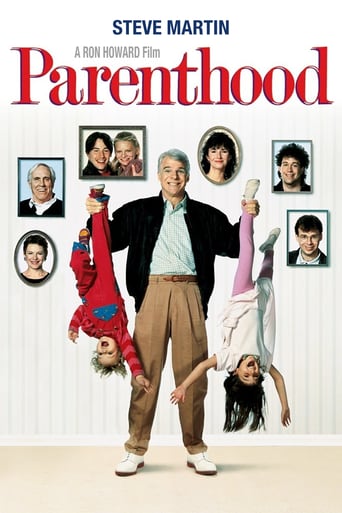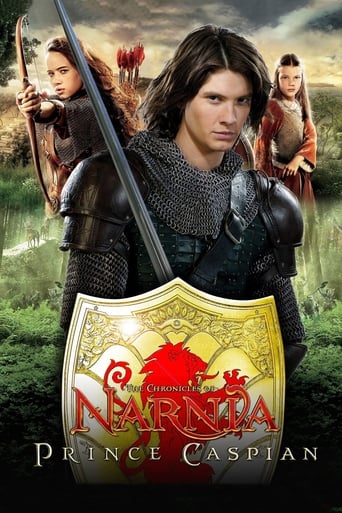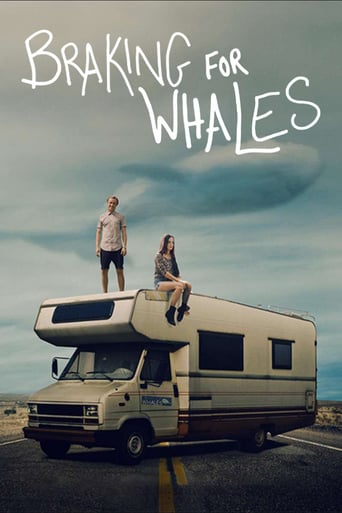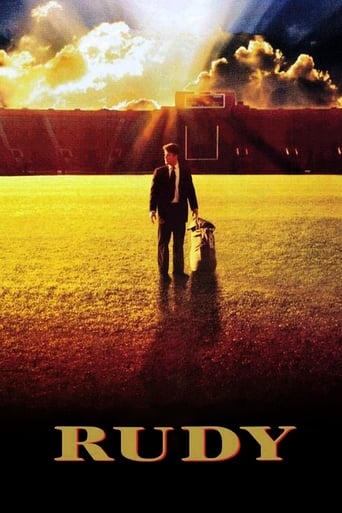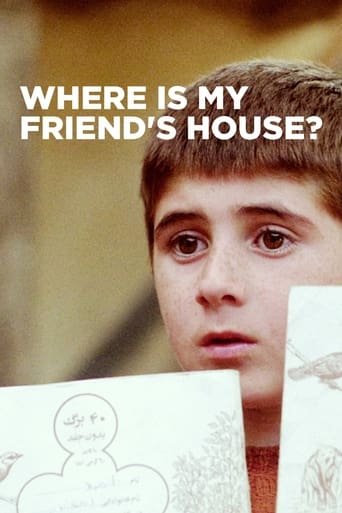
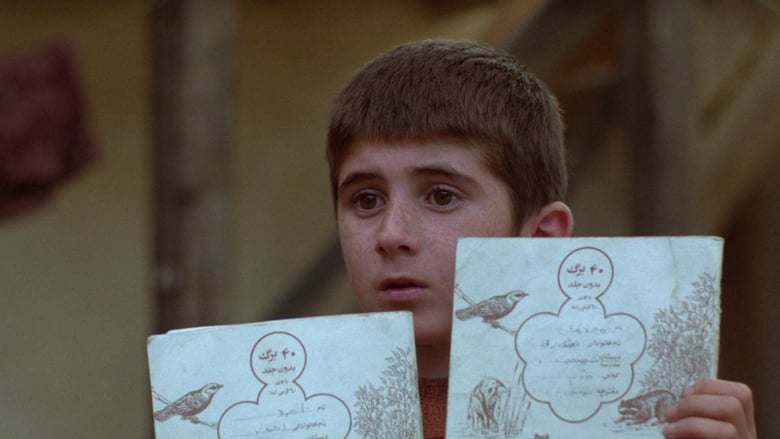
Where Is The Friend's House? (1987)
An 8 year old boy must return his friend's notebook he took by mistake, lest his friend be punished by expulsion from school.
Watch Trailer
Cast


Similar titles
Reviews
the audience applauded
The joyful confection is coated in a sparkly gloss, bright enough to gleam from the darkest, most cynical corners.
The tone of this movie is interesting -- the stakes are both dramatic and high, but it's balanced with a lot of fun, tongue and cheek dialogue.
Actress is magnificent and exudes a hypnotic screen presence in this affecting drama.
This film captures the emotions of a small boy brilliantly. Facing a crisis that (as usual) none of the adults around him seem to appreciate, he sets off on an adventure that would have been of epic proportions if it had been scaled up to compare with the experiences of any grown-up. Is Where Is the Friend's Home simple? Yes, while also very subtle. It operates on multiple levels. This movie is one of the most human movies I have ever seen. The story is quite simple. A little boy keeps forgetting to do his homework in the book and finally he is threatened with dire consequences. His friend has the book and must return it. But the story has so much warmth and is shown with so much beauty that it is impossible not to like the film. The characters that we see throughout the movie are very nicely drawn out. Ahmed's interactions with the old man at the end are so beautiful and filled with emotion that I am brimming with joy just recalling those moments.
'Where is the Friend's Home?' was the first film that gave Abbas Kiarostami some critical acclaim and recognition on a global scale. He subsequently went on to become a heavily acclaimed director with his other films that came later. The storyline of 'Where is the Friend's Home?' is very straightforward quite unlike the experimental and abstract nature of Kiarostami's later films. But in spite of the the simple nature of the basic plot, the film becomes deeply profound due to the rich structure of the screenplay and Kiarostami's direction.The film starts with the shot of a door. The door is closed. But we can hear the voices and the shouting of children. That tells us that this door is of a classroom and on the other side of the door are young students. The teacher then opens the door and enters the room. He scolds the children for shouting and making noise. He gives them a lecture about the importance of discipline. While he is giving this lecture, the door of the classroom keeps opening and he keeps closing it repeatedly. In a thematic sense, this opening scene pretty much sums up the whole film. Doors play a big part in the film's thematic core. The door symbolises the lack of freedom that was forced on the Iranian kids at least at the time . Kiarostami clearly thinks that in the name of discipline and the need to grow up as a 'strong' person, the youth of Iran were being forced to grow up prematurely without them properly enjoying their childhood which is a point of time which never comes back. Ahmed, the protagonist in the film gets constantly ignored and talked down to by adults who don't take children seriously. Along with Ahmed, almost all the children in the film are constantly forced by adults to work and do activities that they are clearly too young for. Kiarostami celebrates the inherent innocence and purity that exists in a young child. The characters who respect Ahmed in the film in turn get respectfully treated, and the ones who behave badly with Ahmed are in turn subtly judged by Kiarostami.Other than the celebration of childhood, I felt the film is also a restrained study of the modernisation of Iran. There are references to the fact that people are leaving the villages and flocking to the cities. The door here again becomes a symbol as we are informed that people are gradually starting to reject the old fashioned doors(and windows) and starting to opt for the newer iron-made ones. I guess Kiarostami in a spiritual way is equating the innocence of village life with the innocence of a child.Kiarostami's style of direction here is restrained and not flashy. He doesn't do anything over-the-top, but knows exactly where the camera needs to be pick up a reaction. He uses the music in the most economically brilliant way. The majority of the film is devoid of music, but when it does hit, Kiarostami uses it beautifully to underline a change in mood. The plot itself is very loose and it really is a character driven piece. Kiarostami's restrained directorial style in capturing the life of middle-class village people and the poetic rhythms of this boy Ahmed's journey to do something which he thinks is the right thing to do reminded me a lot of Italian neorealism.The character of Ahmed is adorable, cute and exceptionally admirable. Babek Ahmed Poor has a very cute and likable face. I think Kiarostami does the right thing in not asking Babek to do anything too extraordinary with his face or gestures. He remains dreamy eyed and quietly intense and that actually works for the role of an eight year old.Yes, an argument can be made that once a viewer watches the first scene of the film, he/she will probably get an idea of what the basic driving factor of the plot will be and maybe the general structure of the broad story is somewhat predictable, but if the director/screenwriter can make me so closely engaged with the protagonist of the film, if he can make me care so much about what happens to this boy and whether he succeeds in his act or not and lastly if he can make me cry(yes the film made me cry which is tough to do), then I will gladly forgive some minor glitches in the plot structure. In an age where the theatres get bombarded with superhero films constantly(I don't mind them, but they do feel a bit repetitive due to the preponderance of their releases), it's nice to go back to a film which gives us a different hero. A hero who doesn't wear spandex or a cape, a hero who stands 4 ft tall, a hero who doesn't save millions of people from apocalyptic destruction, but what Ahmed does for his friend and the extents to which he goes just to help him is no less of an act than anything that Superman or Captain America has ever managed.
I've not seen an Iranian film before so i thought I would start with one by iconic director Abbas Kiarostami. The film reminds me of a recurring dream I sometimes have of trying to get somewhere but being distracted and slowed down by laborious people and tasks. Watching this film was like reliving one of those dreams. The young Ahmed cannot seem to get a break as he navigates the quaint streets of an Iranian village trying to return his school chum's workbook. All the time being held up by tiresome adults who seem hell bent on slowing his progress as they subject the poor boy to banal conversation.If the story line is tiresome the cinematography is not. The composition of the camera work is quite stunning as we follow Ahmed on his quest, it captures the essence of the village perfectly. A pleasant soundtrack accompanies the film too. Still, these pleasing aspects fail to improve on what is a very tiresome and tedious film. I suggest avoiding at all costs.
I'm sorry I've seen this movie doubled in Spanish and not subtitled in Portuguese but, even so, I found it lovely. It is all about how children live in the adult's world and how they perceive and deal with them. It is also about how children can understand each other and help each other to survive the power and rules of adults. It is filmed very closely to the children which means we see the adults, houses, streets and landscapes from their point of view. The story is very well written, playing very wisely with our expectations. It is an almost timeless and universal story but the where and when it happens is brilliant.



